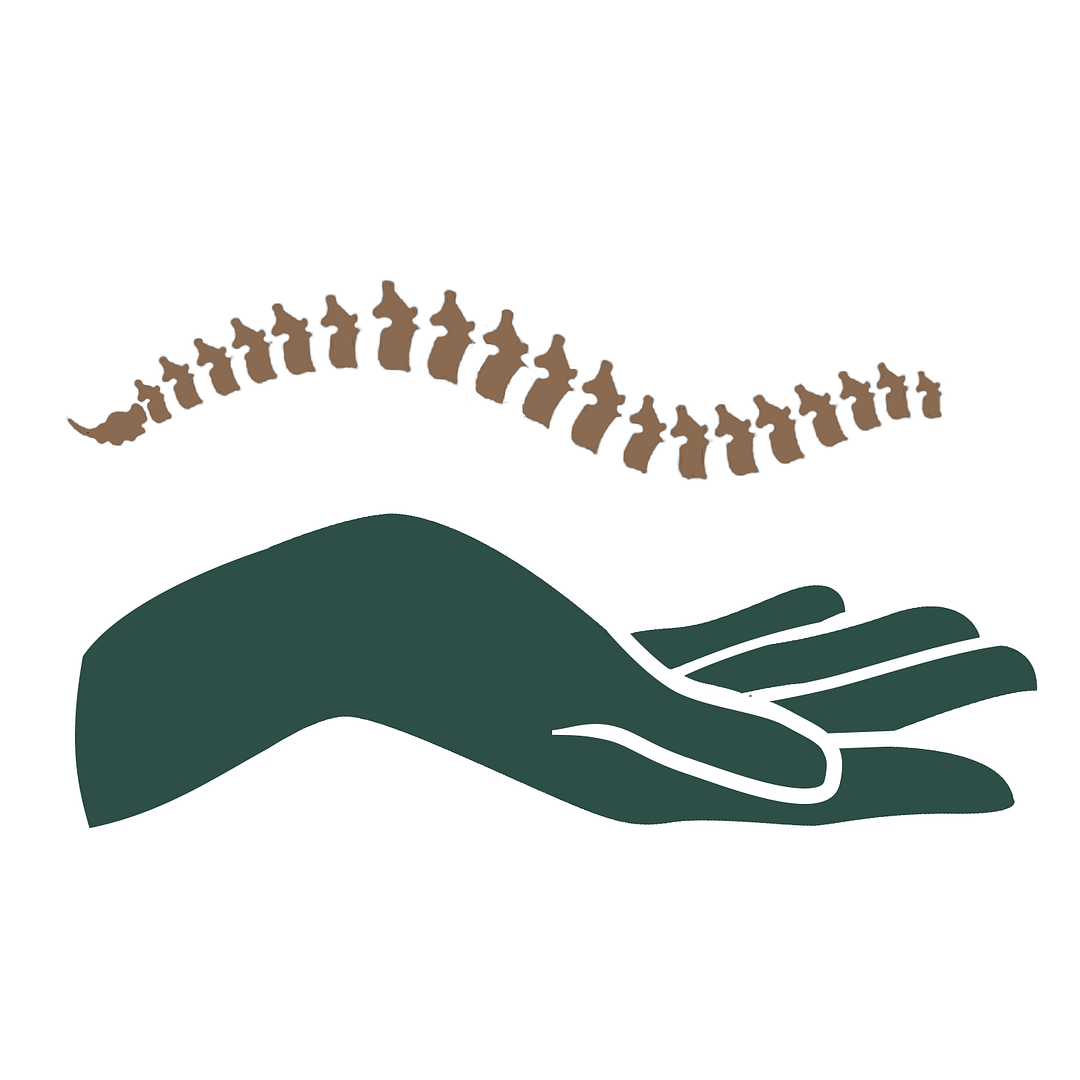It’s question I often get. Osteopathy seems so gentle and yet can bring about so much change. I’ll do my best to explain.
What an osteopath is looking for is what we call restrictions, basically, where the body is stuck. Restrictions can take place in any of the tissues of the body, including muscles, connective tissue, nerves, organs and blood vessels. What an osteopath are aiming to do in treatment is to find the most restricted areas of the body and take them to the barrier of resistance.
Once we find that barrier, we hold the body there and wait for a release. Sometimes this release is very obvious; sometimes it’s more subtle. Sometimes it releases in a straight line, and other times it progresses in multiple stages and directions. If the body is able to release, we then trace the tension to the next most restricted area.
The important thing to know about this process is that it is primarily neurological. In taking the restricted tissue to the barrier of resistance, we are giving information to the brain the there is unneeded tone in the body. This provides an opportunity to release, but this is not guaranteed.
If something is unable to release, we have to look to other areas of the body. This is where an osteopath’s extensive anatomical study comes in. If the shoulder is not moving properly, we know, we know to check the liver because of the neurological connection between the two. An osteopath would also check the innervations from the neck the go down to the shoulder. There may be issues with rib for displacement or the collar bone. I’m not going to try to list all the possibility for what might make a stuck right shoulder, but hopefully the point is clear; there are many interconnections to explore.
At a certain point in the treatment, the body responds less and less, then you know that the person’s system has had all it can at this time. It is important to recognize if this happens and to give the body a chance to integrate. Often it takes around a month. The next time you see someone, you can then see what has shifted and if anything has gone back to it’s old pattern of tension.
This is the essence of osteopathy—find it, fit it, and leave it alone.
If the person keeps being treated for the same thing and keeps coming back with the same issue, then something is being missed. It might be something that can be addressed with manual therapy, or it might have to be treated through movement therapy, diet, herbs, supplementation or counselling. This is why it is important for an osteopath (or really any health practitioner) to not only be proficient in their manual skills, but also a broad understanding that includes other healing modalities. If an osteopath has a broad enough perspective and understanding of other modalities, then they can either use those modalities themselves or at least refer their patient to a practitioner who will be able to assist.
Hopefully this article gives an idea as to what osteopathy is and how it works. Send me an email if you have any questions.
In Health,
Eli Mead, DOMP
